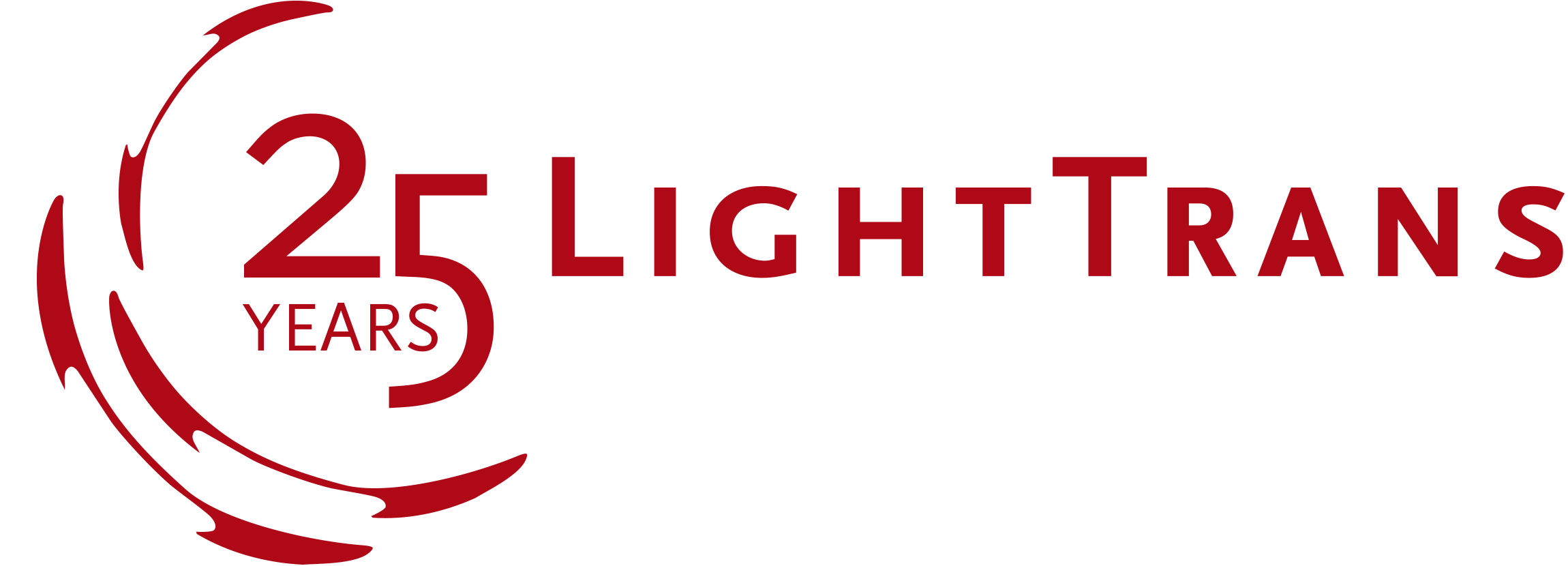Laser Systems
Fast physical optics provides a cogent model of laser sources, while also considering diffraction, interference and polarization, as well as granting access to any beam parameter of concern.
The simulation of laser systems supports single- as well as multi-mode, continuous wave (cw) and pulsed laser sources. Laser systems can be designed including lenses, mirrors, diffractive optical elements, gratings and holograms. VirtualLab Fusion provides fast and accurate field and ray tracing engines in a single piece of software with an intuitive user interface.
Benefits
- Sophisticated source models including lasers, laser diodes with astigmatism, VCSELs, partially coherent, femtosecond-pulse and x-ray sources.
- Automatic modeling selection which enables physical optics modeling as easy as the application of ray tracing.
- Inclusion of Maxwell solvers for gratings, diffractive lenses and HOEs on planar and curved surfaces.
- Easy switching between ray tracing and physical optics modeling.
Selected Topics
Expand the boxes below and/or click on the links for more detailed info.
Beam Delivery
The design of refractive lens and mirror systems is the basis for laser beam control, including:
- collimation
- focusing
- beam expanders
- beam guidance
- laser scanners
- transversal beam shaping
The software VirtualLab Fusion enables further performance improvement of such laser systems obtained from a ray tracing design. This is possible by parametric optimization and Monte-Carlo tolerancing techniques in combination with the unique field tracing simulation engine, which takes physical optics effects (like beam diffraction and polarization) into account.
Scanning Systems
Laser scanning systems enable the dynamic positioning of laser beams using moveable optics. Typical applications of such systems are
- laser material processing
- laser projection
- 3D object scanning
- barcode readers
The software VirtualLab Fusion provides ray tracing as well as physical optics based simulation techniques for laser scanning systems. Typical lens aberrations like field curvature and distortion can be computed. It is also possible to perform a highly precise investigation of the beam size and beam profile including diffraction effects. The combination of VirtualLab’s parameter coupling tool with the flexible positioning concepts allows the simulation of very complex setups of scanner optics. Design and tolerancing of laser scanning systems are enabled by the parametric optimization and parameter run tools of VirtualLab Fusion.
Femtosecond Pulse Modeling
VirtualLab Fusion allows the propagation of
- picosecond,
- femtosecond, and
- attosecond
pulses through macroscopic and microscopic optical setups. Therefore VirtualLab Fusion is using the field tracing concept, which is tracing full electromagnetic fields through the optical setup by a combination of geomectrical and physcial optics.
Crystal Modeling
VirtualLab Fusion provides the tools to analyze effects of
- polarization and
- birefringence
in uniaxial and biaxial crystals.
Birefringence is a common property of optical crystal materials, whose refractive index is dependent on the direction and polarization of light. This forms the working principle of many polarization-/phase-/direction-manipulating optical devices. VirtualLab Fusion provides the modeling techniques for crystal slabs/rods with general optical anisotropy, which includes both uniaxial and biaxial cases with arbitrarily oriented optic axis. In addition to natural birefringence, stress-induced birefringence is often worth paying attention to in practice. Furthermore, VirtualLab Fusion also enables the conversion from measured stress to induced birefringence, from which the possible influence on the optical system can be analyzed.




